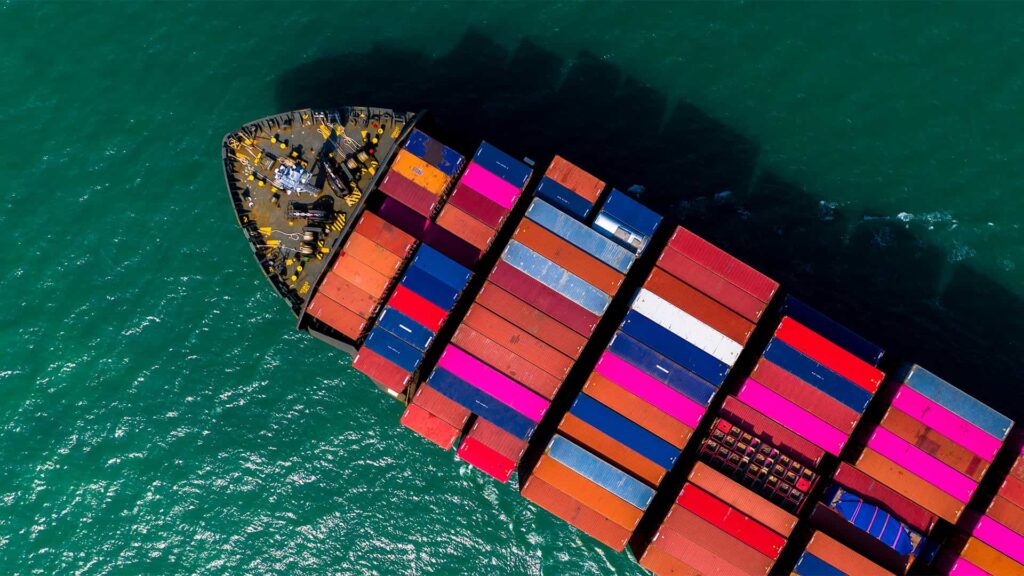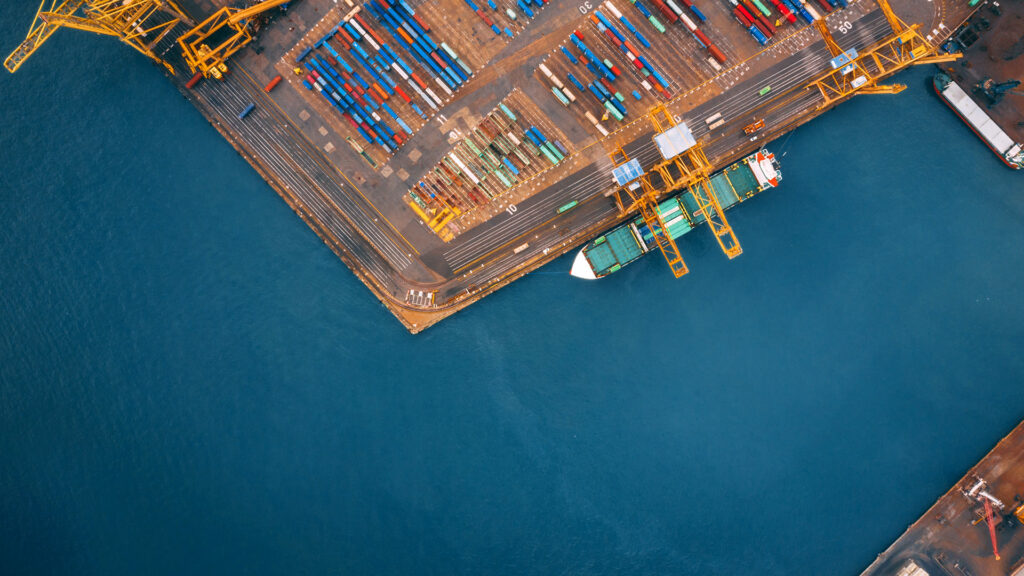
Information or intervention?
This article first appeared in the July/August 2012 issue of Port Strategy and is reproduced with their kind permission.www.portstrategy.com.
Vessel traffic systems in Australia sit uncomfortably between the regulatory jurisdictions of the Commonwealth and States. While the soon-to-be-enforced Navigation Bill 2012 is intended to mark a new era of better safety outcomes including for privately and publicly owned Australian ports, on closer look there is a mismatch between current operating systems and the International Maritime Organisation’s model for vessel traffic service.
This creates a complex compliance and liability picture for the ports and facilities which operate these systems. It also poses the question, do vessel traffic systems rely on information or intervention? The answer to that question has important implications for safety and informed risk management.
Contracting States to the IMO’s Safety of Life at Sea 1972 convention, which include Australia, undertake to establish required vessel traffic services. Presently in Australia, the only vessel traffic service established under SOLAS is the coastal service known as “REEFVTS”. However a variety of other vessel traffic systems established under State or Territory legislation exist at Australian ports and offshore facilities. Although many of these vessel traffic systems are said to be IMO VTS compliant, technically this may not necessarily be the case.
Got the power
Australia’s Constitution empowers the Commonwealth to make laws with respect to both interstate and international trade and commerce, which extends to navigation and shipping. However, this power does not extend to shipping and navigation within a State.
The limited reach of the Commonwealth’s power creates the potential for gaps in the regulation of navigation and shipping in and around Australia.
Vessel traffic systems, for example, operate between the regulatory jurisdictions of both the Commonwealth and the States. Historically, vessel traffic systems in Australian port waters have been introduced under the auspices of State or Territory Governments. Port operators and statutory officers also fulfil State jurisdiction to control shipping and navigation within their waters.
If Commonwealth regulatory power exists only in relation to a vessel when engaged in international and interstate trade and commerce, what regulatory jurisdiction governs a foreign owned and flagged ship that lies at anchor without orders, or takes a local deviation for bunkers? The limits of Commonwealth power could have surprising outcomes for the port operator if this kind of shipping is outside the trade and commerce power.
At the sharp end of any maritime incident in controlled waters, a port operator would seek to rely on section 411(2) of the Commonwealth’s Navigation Act 1912 (which is being redrafted as the Navigiation Bill 2012). This legislation preserves responsibility and liability of the ship’s owner and master regardless of whether vessel traffic management arrangements are in force. However, this protection is only available to the port operator if the vessel traffic system is provided in accordance with the guidelines of IMO Resolution A.857(2).
Compliance check
Australia’s Constitution also grants the Commonwealth an “external affairs” or “treaty making” power to implement treaty obligations (such as SOLAS) with regard to ships generally. In regard to section 411(2), however, this power does not help unless the particular system of vessel traffic management is in accordance with IMO Guidelines. Consequently, as long as there is doubt as to whether a VTS is IMO compliant VTS, port operators will face uncertainty in terms of compliance and liability regimes.
How can an operator in any SOLAS State be sure that its vessel traffic system is IMO compliant? SOLAS does not itself provide guidance on how VTS is to operate. It merely notes that persons ‘… shall, wherever possible, follow…’ the IMO guidelines in IMO Resolution A.857(20). Unhelpfully for this purpose, the IMO Guidelines also lack practical detail.
One aspect is clear however. The IMO Guidelines state that: “Vessel Traffic Services (VTS) is defined as a service implemented by a Competent Authority, designed to improve the safety and efficiency of vessel traffic and to protect the environment.”
In Australia, the relevant Competent Authority is the Australian Maritime Safety Authority. The new Navigation Bill 2012 permits future recognition by AMSA of existing vessel traffic systems. For port operators in Australia, such recognition cannot come too soon.
Currently, vessel traffic systems in Australia work alongside powers of statutory intervention. For example, it may be an offence for a ship’s Master to refuse to comply with a direction of a Harbour Master without a reasonable excuse.
A Harbour Master’s powers are used to control and direct movements in ports, give instructions to ships, and generally require adherence to port notices. A Harbour Master exercises discretion when determining whether and how to direct movements having regard to weather, sea, berth and channel availability and all other operational circumstances.
Importantly, VTS under the IMO model is characterised by timely information and guidance. For example, IMO Guideline 2.34 states that “where VTS is authorised to issue instructions to vessels, these instructions should be result orientated only, leaving the details of execution … to the Master or Pilot on board the vessel”.
The IMO Guideline also stresses that “care should be taken that VTS operations do not encroach upon the Master’s responsibility for safe navigation or disturb the traditional relationship between Master and Pilot”.
Which model?
The difference between an intervention model and an information model is important as it may affect whether a VTS is SOLAS-compliant. It also impacts the allocation of liability if a maritime incident occurs.
IMO Guidelines state that “the liability element of an accident … can only be determined on a case by case basis in accordance with national law.” National laws will of course vary. In Australia, as in many countries, public authorities are subject to ordinary principles of legal liability for negligence. Where liability can extend to economic loss this translates to substantial exposure should a traffic system cause or contribute to an incident. For offshore facilities, traffic system providers may be linked in to contractual indemnity arrangements.
Unlike vessel owners, port service providers are not able to limit their liability in accordance with international conventions concerning maritime claims and oil pollution damage.
An incident in waters of the Port of Melbourne in 2008 graphically illustrates the issues. A container ship dragged its anchor across a submarine gas pipeline after the Melbourne VTS operator instructed the Master to maintain position until a pilot came onboard. Ensuing litigation did not proceed to a final determination and was settled out of court. If the matter had proceeded, questions may have emerged about whether a traffic system established under State legislation was in accordance with IMO Guidelines.
Not to be forgotten is the important matter of international harmonisation of VTS. Technical differences in local VTS may cause uncertainty or confusion. Cultural as well as language factors may impede communication. The consequences are material for ship’s command, the safety of lives, environment and port users.
Out of touch
Other than REEFVTS, Australian vessel traffic systems are not currently IMO VTS. Therefore many ports’ vessel traffic systems may not benefit from Australian legislation that provides a statutory preservation of ships’ responsibility.
Although the Navigation Bill 2012 will facilitate bringing all traffic services under the auspices of AMSA, this of itself may not be enough if a particular port’s system is not according to the IMO Model. Systems will require careful assessment of their components of information, organisation, assistance and intervention and there will be a time lag before all existing systems can be reviewed.
Until current systems are recognised by AMSA, should such a system cause or contribute to a marine casualty or incident in controlled waters liability exposure may be impacted. Therefore, bringing incumbent systems within the ambit of VTS should be a high priority where possible.
International uniformity of vessel traffic systems will best promote safety. Local legal and cultural as well as technical factors make uniformity a difficult goal. The IMO Guidelines nevertheless remain the single international reference point for legislators and operators concerning vessel traffic services. SOLAS remains essential to the difficult but worthwhile goal of international harmonisation of VTS to promote better safety outcomes.
For more information, please contact Hazel Brasington, Partner, on +61 (0)3 8601 4533 or hazel.brasington@hfw.com, or Francis Burgess, Associate, on +61 (0)3 8601 4531 or francis.burgess@hfw.com, or your usual HFW contact.











